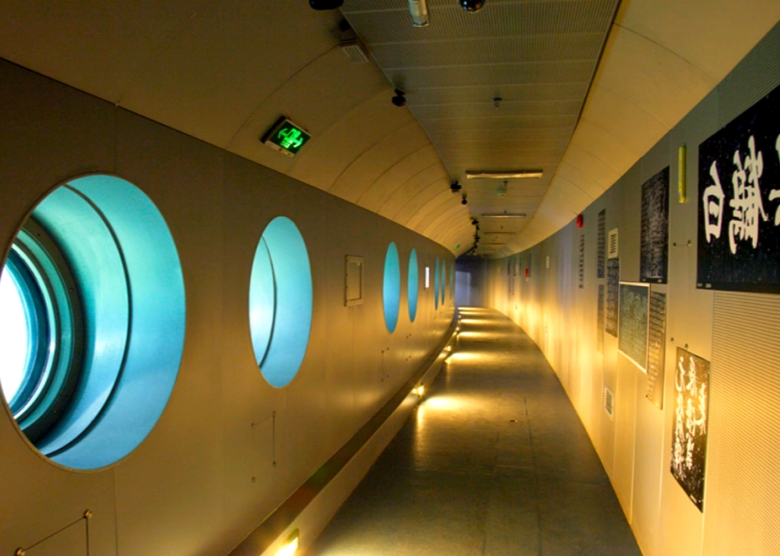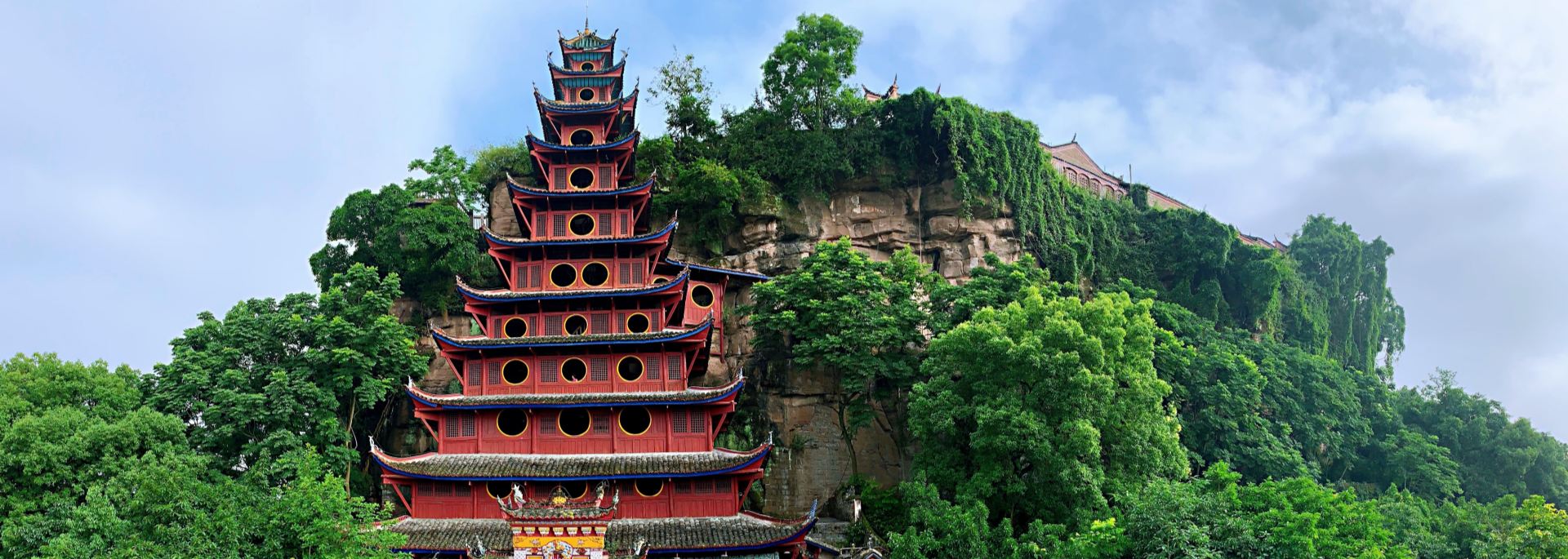
Top Attractions Along the Yangtze River Cruise
By Leo
Stretching over 6,300 kilometers (3,900 miles), the Yangtze is the longest river in Asia and the third longest in the world. A cruise here offers you the chance to see natural wonders, engineering marvels, and historic treasures that are impossible to experience in one place anywhere else. Below, I will share the top attractions along a Yangtze River cruise, so that you can plan a journey that is both practical and unforgettable.
The Three Gorges: Highlights of Every Yangtze River Cruise
No attraction is more famous on the Yangtze than the Three Gorges: Qutang, Wu, and Xiling. Each gorge has its own character, and together they form the most dramatic stretch of the entire river.
Qutang Gorge
The shortest and most dramatic of the three, Qutang Gorge is a powerful introduction to the Yangtze River’s grandeur. Its narrow passage, flanked by incredibly steep cliffs, creates an overwhelming sense of awe. The iconic Kui Gate marks its entrance, and ancient plank roads carved into the cliff faces hint at centuries of human endeavor along this waterway.
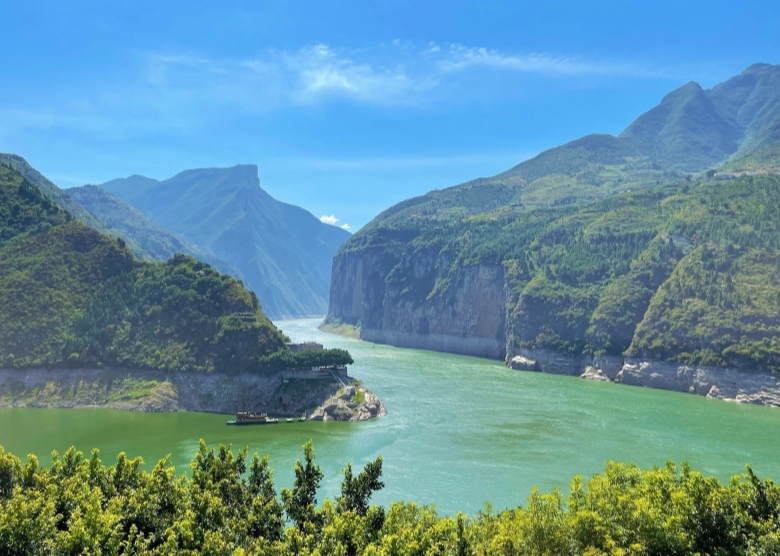
Wu Gorge
Wu Gorge is famous for its misty peaks, best known for the Goddess Peak, said to be the incarnation of a protective goddess watching over the river. At 45 kilometers, this gorge is longer and gentler than Qutang, but no less impressive. Its valleys are often wrapped in clouds, which is why poets have celebrated its beauty for centuries.
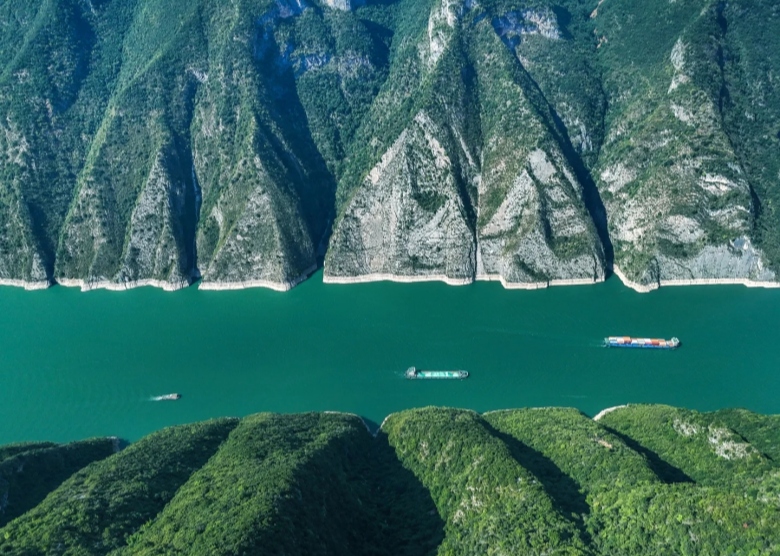
Xiling Gorge
Xiling Gorge is the longest, covering about 66 kilometers. It is rugged, with rapid waters and several smaller gorges inside it, such as Military Books and Precious Sword Gorge. Before the Three Gorges Dam was built, Xiling was known for dangerous currents, but today the waters are calmer and safer for cruising.
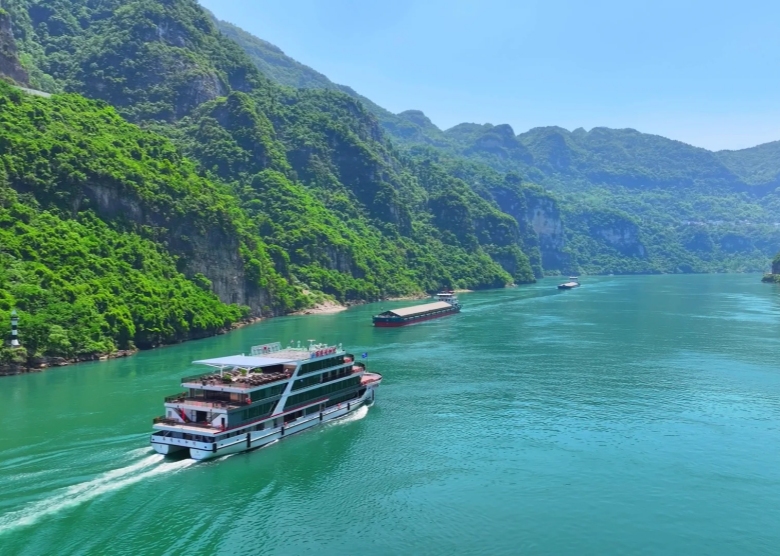
The Three Gorges Dam – World Engineering Marvel
Standing as a monumental testament to modern engineering, the Three Gorges Dam is a must-visit attraction on the Yangtze River. Located near Yichang, this colossal hydroelectric dam is the largest in the world, a symbol of China’s ambition and technological prowess. You can take guided tours to understand its construction, its profound impact on flood control, navigation, and power generation, and witness the impressive ship lift—a giant elevator for ships traversing the dam.
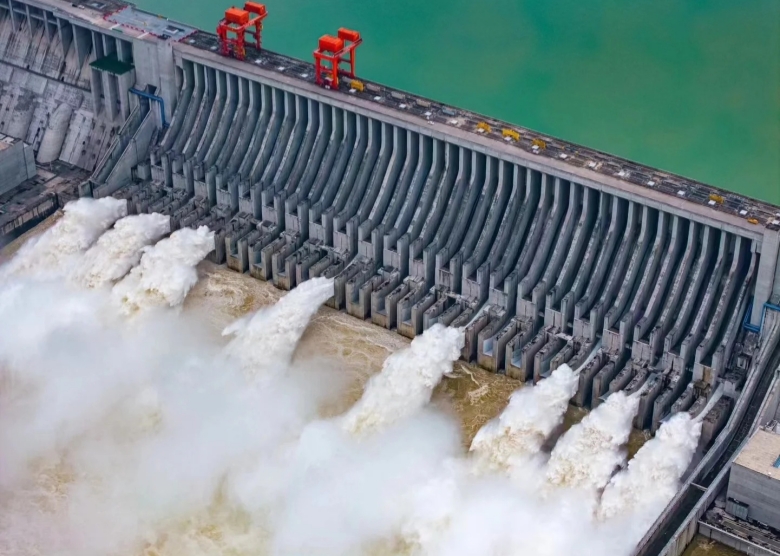
Lesser Three Gorges and Shennong Stream – A Closer Look at Nature
For those seeking a more intimate connection with nature, the Lesser Three Gorges, located along the Daning River (a tributary of the Yangtze River), are a true marvel. These smaller gorges, including Dragon Gate, Misty, and Emerald Gorges, are known for their stunning waterfalls, limestone peaks, and serene landscapes. Often explored via traditional sampan boats, a trip here feels like stepping into a classical Chinese painting.
Nearby, Shennong Stream is another side excursion. Here, you can see crystal-clear waters, hanging coffins on the cliffs (a burial custom of the ancient Ba people), and even local trackers singing folk songs as they guide the small boats.
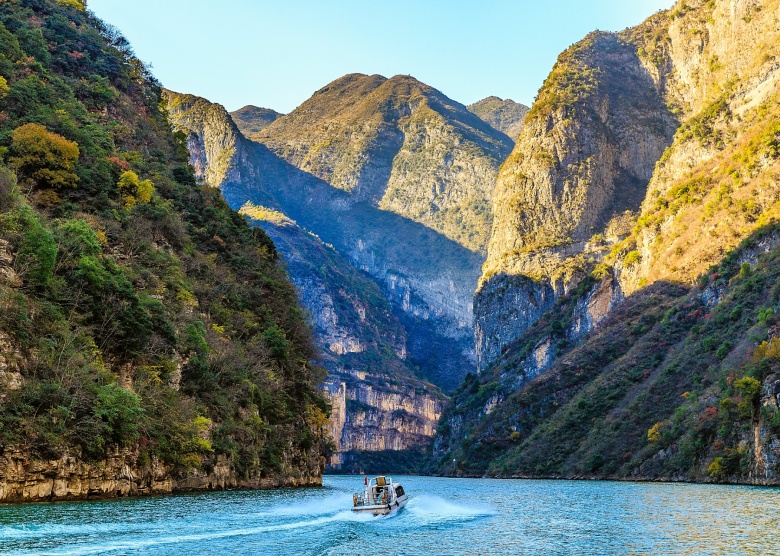

White Emperor City
Perched on a hill overlooking the confluence of the Yangtze and Qutang Gorge, White Emperor City (Baidi City) is a must-visit for history buffs. This ancient city is steeped in legend, particularly the story of Liu Bei entrusting his son to Zhuge Liang. It’s also known as “The City of Poems” due to its inspiration for many Chinese poets. I highly recommend taking the optional shore excursion here; the panoramic views and rich history are well worth it. Wear comfortable shoes, as the walk up can be steep.
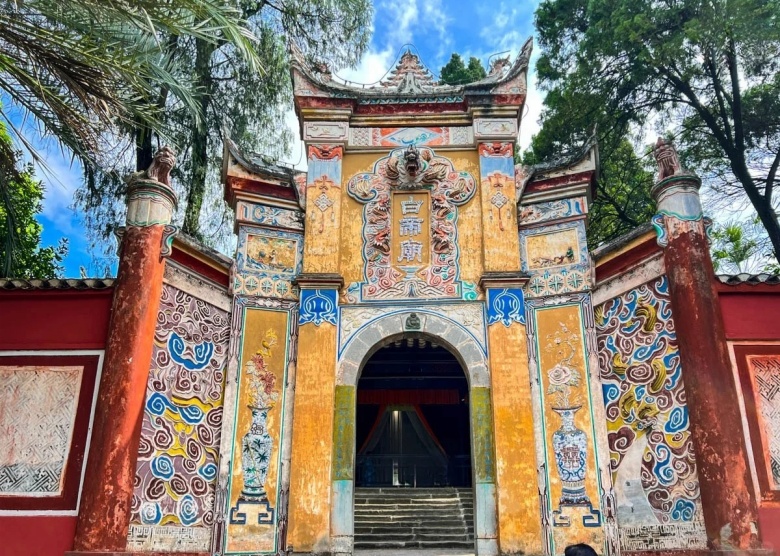
Shibaozhai Pagoda – A Towering Architectural Marvel
The Shibaozhai Pagoda is an impressive 12-story wooden pagoda built directly into a cliff face. This ancient structure is a marvel of Chinese architecture, dating back to the Qing Dynasty. Climb to the top for a bird’s-eye view of the river and the surrounding landscape. Its intricate design and historical significance make it a popular stop.
I remember climbing it during my first Yangtze cruise, and even though it was tiring, the view was worth every step.

Fengdu Ghost City – A Glimpse into Chinese Beliefs
Located on the northern bank of the river, Fengdu Ghost City is known for its temples and statues related to the afterlife in Chinese culture. Walking among the halls, you’ll see figures representing both punishments and rewards in the underworld.
From a traveler’s perspective, Fengdu is less about scenery and more about understanding Chinese folklore. It may not appeal to everyone, but if you are curious about Chinese mythology and the afterlife, it’s worth exploring.
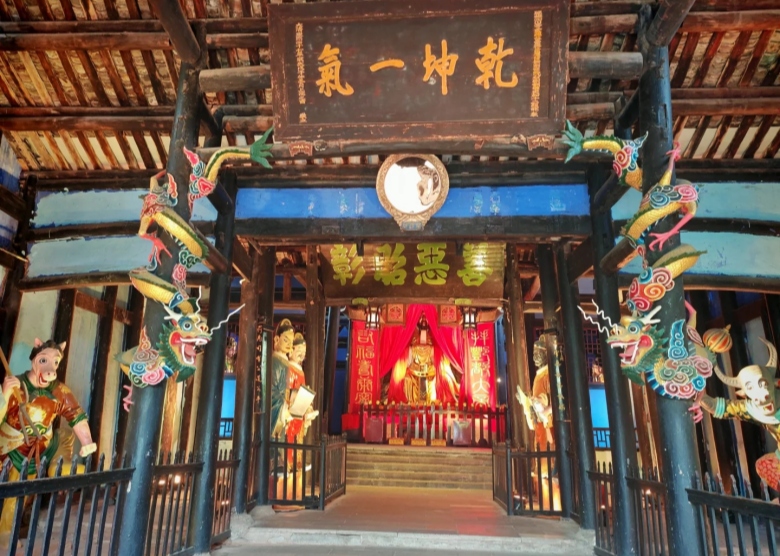
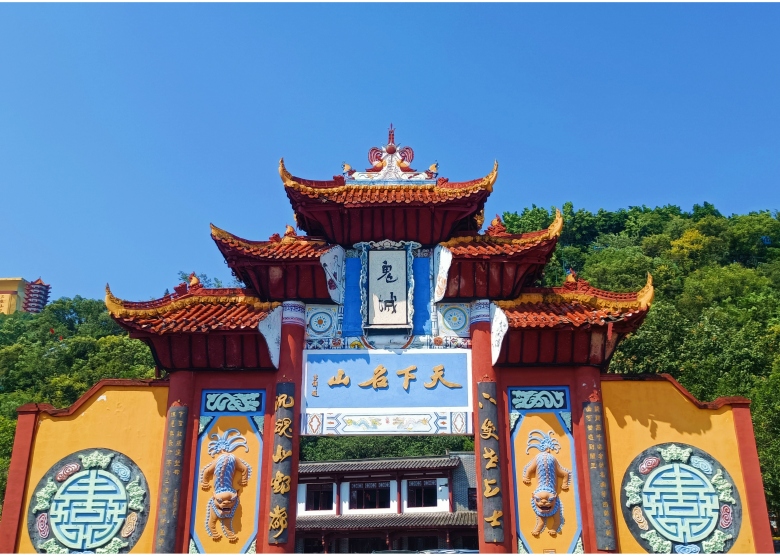
Baiheliang Underwater Museum
Near Chongqing lies the Baiheliang Underwater Museum, the first of its kind in the world. The site preserves ancient carvings that recorded water levels of the Yangtze for more than 1,200 years. After the construction of the Three Gorges Dam, the site was submerged, but today visitors can walk through underwater tunnels to see the inscriptions.
For history lovers, this is a fascinating combination of archaeology and modern technology. It is also one of the less crowded stops, so you can explore it in peace.
